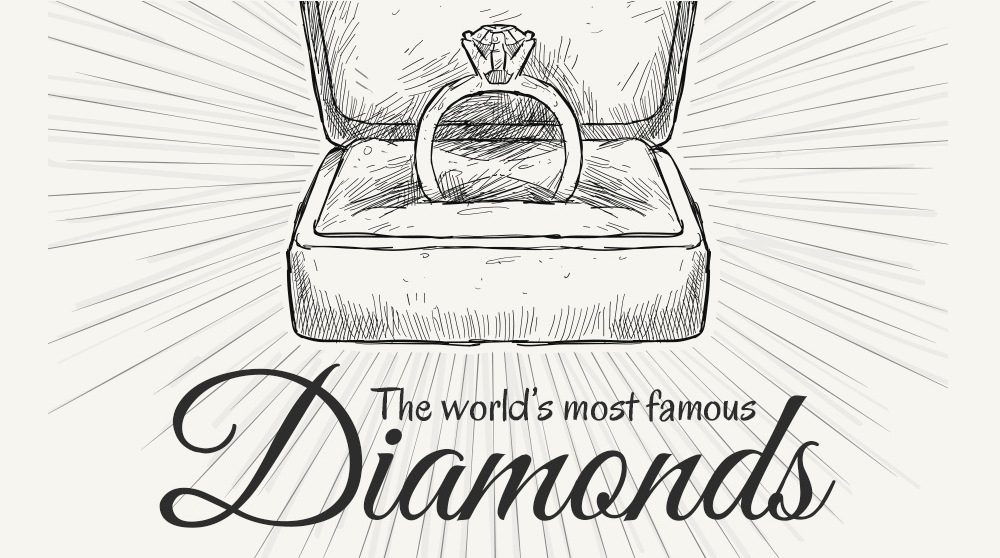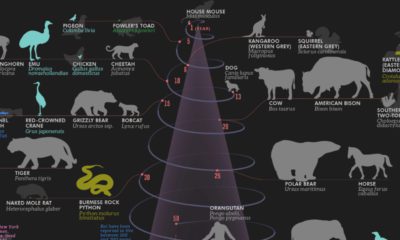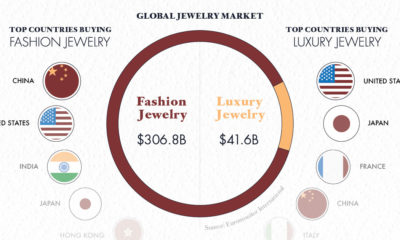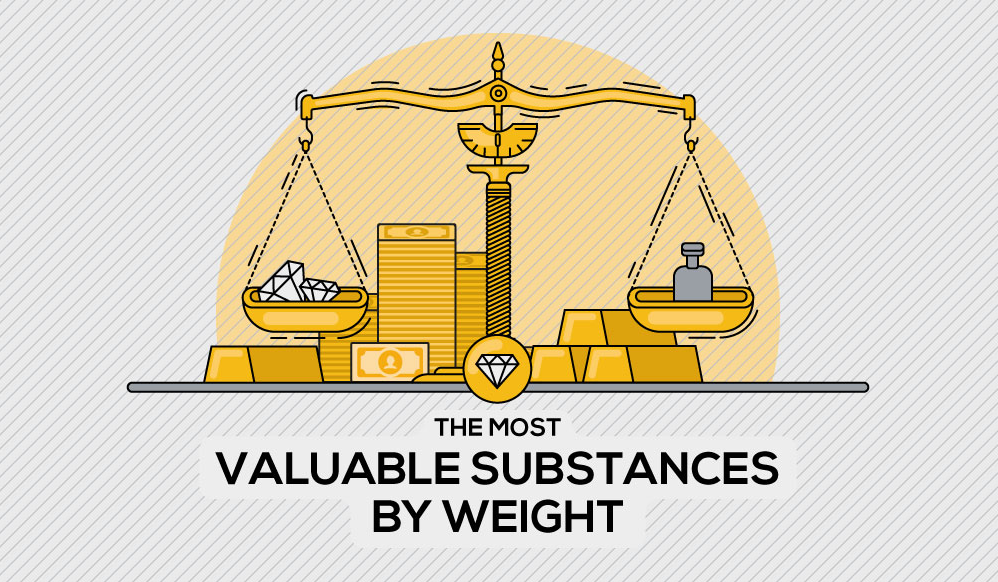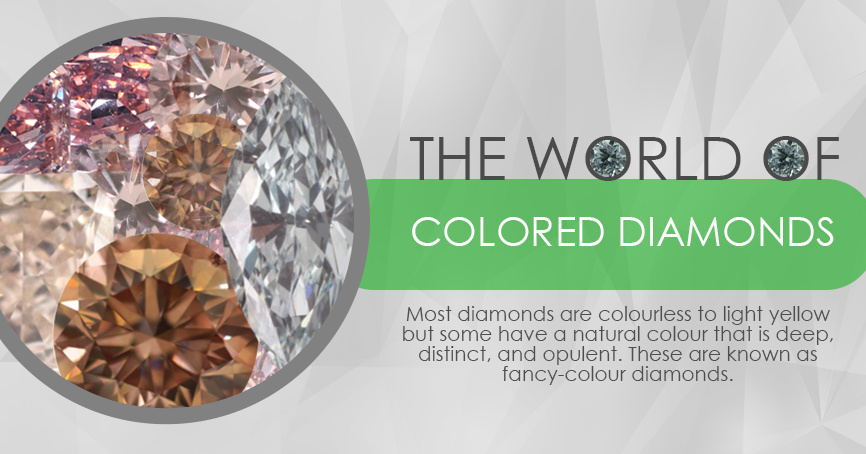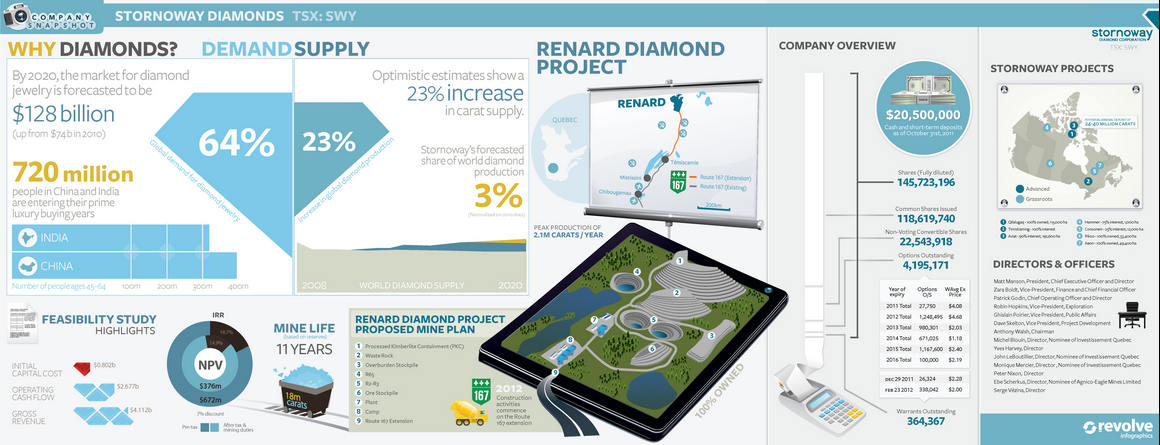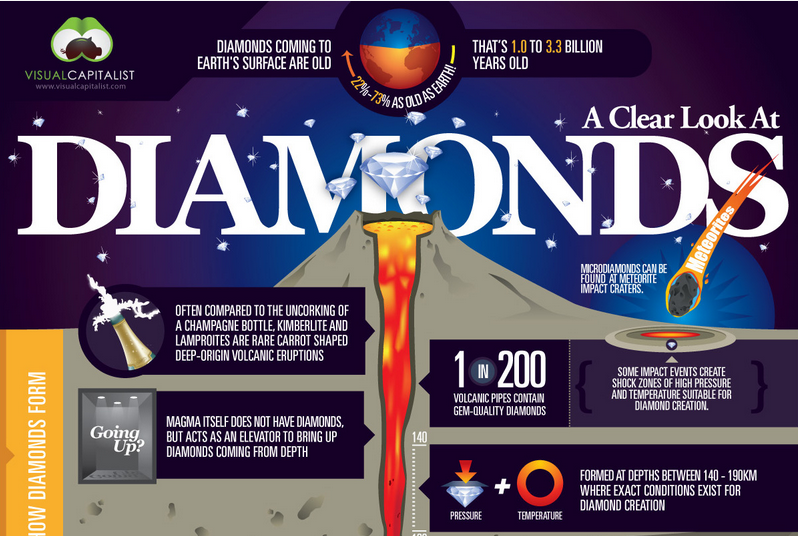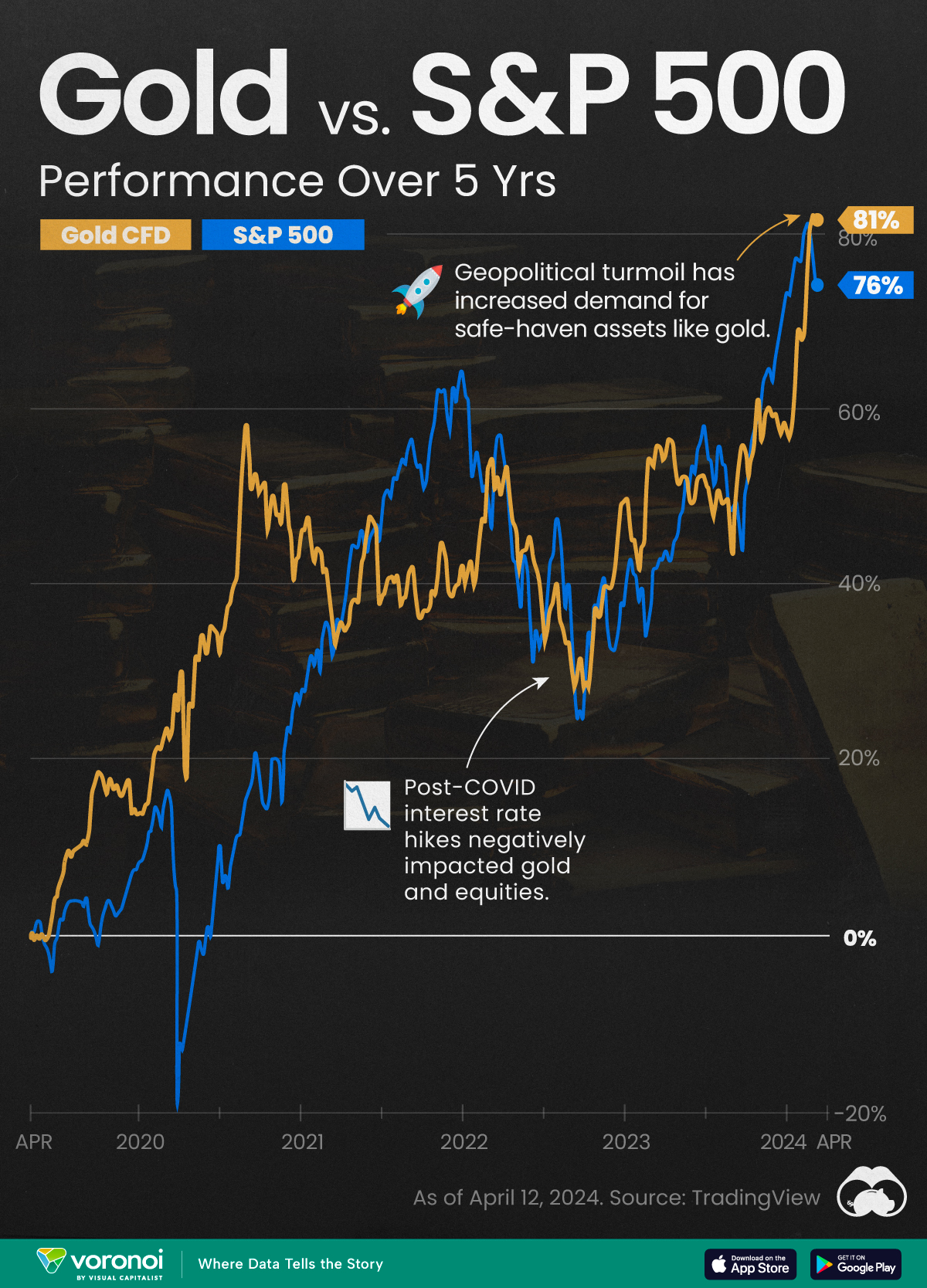Mining
The World’s Most Famous Diamonds

The World’s Most Famous Diamonds
The stories and histories of the most famous diamonds
You may have heard of the Cullinan Diamond or the Hope Diamond before, but do you know the stories behind these legendary finds?
Today’s infographic looks at the history and characteristics of six of the most famous diamonds.
A Diamond Primer
Every diamond is unique, and as a result the value of a particular diamond is partially determined by the eye of the beholder. The diamond industry generally uses a set of criteria called the Four C’s to help evaluate the potential value of a diamond: Clarity, Cut, Carats, and Color.
Most diamonds found have major deficiencies in one or more of the above categories. For example, while a diamond may be clear and large in size, it may have a less desirable color and shape. In a previous infographic, we explain the importance of these characteristics in more depth, and we’ve also previously posted on the significance of rare-colored diamonds.
The most famous diamonds in the world are exceptionally rare: they tend to excel in all four of the above categories. They are a desired color and shape, have great clarity, and are giant in size.
The Most Famous Diamonds
The stories behind six of the most famous diamonds in brief:
The Cullinan Diamond: Perhaps the most well-known, the Cullinan Diamond was discovered in 1905 in South Africa. Weighing in at 3,106.75 carats, the Cullinan is the largest rough gem-quality diamond ever discovered. The diamond was ultimately cut into nine smaller stones including the 530.20 carat Star of Africa, which is valued at over $400 million alone.
The Hope Diamond: The Hope Diamond is a grayish-blue diamond that was discovered in India at an unknown date. It has a long history, in which it changed hands numerous times between countries and eventually ended up at the Smithsonian Institute in Washington, D.C.
The Centenary Diamond: The Centenary Diamond is considered to be one of the most flawless diamonds, both internally and externally. Discovered in South Africa, it was unveiled in its final form by De Beers in 1991. The current owner is unknown.
The Regent Diamond: This pale blue diamond was discovered by a slave in India in 1698. After eventually making it to the crowns of Louis XV and Louis XVI in France, it is now on display at the Louvre in Paris and weighs 140.64 carats.
The Koh-i-Noor Diamond: Meaning “Mountain of Light” in the Persian language, this diamond was discovered at a mine in India. It is of the finest white color, and made its way from a Hindu temple eventually to the Crown of Queen Elizabeth in 1850.
The Orlov Diamond: Discovered in India at an unknown date, this jewel retains its traditional Indian rose-style cut. The Orlov, which weighs in at 189.62 carats and is white with a faint bluish-green color, now rests in the Kremlin in Russia.
The world’s most famous diamonds all have intriguing stories behind their discoveries. However, a diamond prospector doesn’t need to find a diamond to strike it rich: check out the infographic story of Diamond Fields, a diamond company that ended up finding and auctioning off one of the world’s richest nickel deposits for billions.
Original graphic by: Gear Jewellers
Mining
Gold vs. S&P 500: Which Has Grown More Over Five Years?
The price of gold has set record highs in 2024, but how has this precious metal performed relative to the S&P 500?
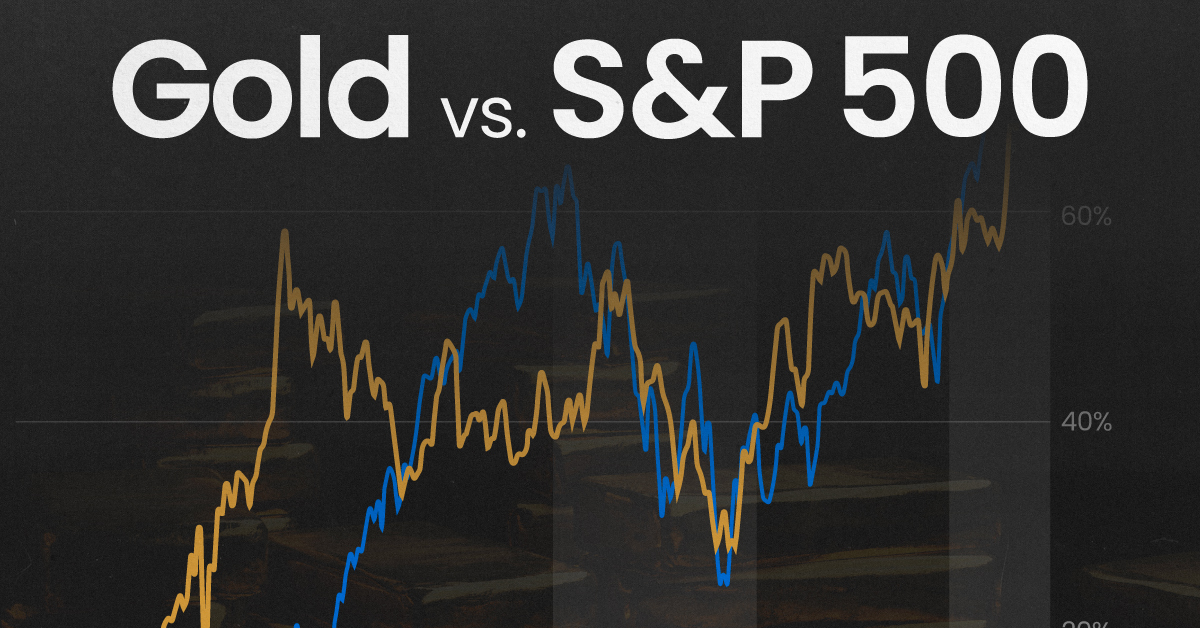
Gold vs. S&P 500: Which Has Grown More Over Five Years?
This was originally posted on our Voronoi app. Download the app for free on Apple or Android and discover incredible data-driven charts from a variety of trusted sources.
Gold is considered a unique asset due to its enduring value, historical significance, and application in various technologies like computers, spacecraft, and communications equipment.
Commonly regarded as a “safe haven asset”, gold is something investors typically buy to protect themselves during periods of global uncertainty and economic decline.
It is for this reason that gold has performed rather strongly in recent years, and especially in 2024. Persistent inflation combined with multiple wars has driven up demand for gold, helping it set a new all-time high of over $2,400 per ounce.
To put this into perspective, we visualized the performance of gold alongside the S&P 500. See the table below for performance figures as of April 12, 2024.
| Asset/Index | 1 Yr (%) | 5 Yr (%) |
|---|---|---|
| 🏆 Gold | +16.35 | +81.65 |
| 💼 S&P 500 | +25.21 | +76.22 |
Over the five-year period, gold has climbed an impressive 81.65%, outpacing even the S&P 500.
Get Your Gold at Costco
Perhaps a sign of how high the demand for gold is becoming, wholesale giant Costco is reportedly selling up to $200 million worth of gold bars every month in the United States. The year prior, sales only amounted to $100 million per quarter.
Consumers aren’t the only ones buying gold, either. Central banks around the world have been accumulating gold in very large quantities, likely as a hedge against inflation.
According to the World Gold Council, these institutions bought 1,136 metric tons in 2022, marking the highest level since 1950. Figures for 2023 came in at 1,037 metric tons.
See More Graphics on Gold
If you’re fascinated by gold, be sure to check out more Visual Capitalist content including 200 Years of Global Gold Production, by Country or Ranked: The Largest Gold Reserves by Country.
-

 Mining2 weeks ago
Mining2 weeks agoCharted: The Value Gap Between the Gold Price and Gold Miners
-

 Real Estate1 week ago
Real Estate1 week agoRanked: The Most Valuable Housing Markets in America
-

 Business1 week ago
Business1 week agoCharted: Big Four Market Share by S&P 500 Audits
-

 AI1 week ago
AI1 week agoThe Stock Performance of U.S. Chipmakers So Far in 2024
-

 Misc1 week ago
Misc1 week agoAlmost Every EV Stock is Down After Q1 2024
-

 Money2 weeks ago
Money2 weeks agoWhere Does One U.S. Tax Dollar Go?
-

 Green2 weeks ago
Green2 weeks agoRanked: Top Countries by Total Forest Loss Since 2001
-

 Real Estate2 weeks ago
Real Estate2 weeks agoVisualizing America’s Shortage of Affordable Homes

